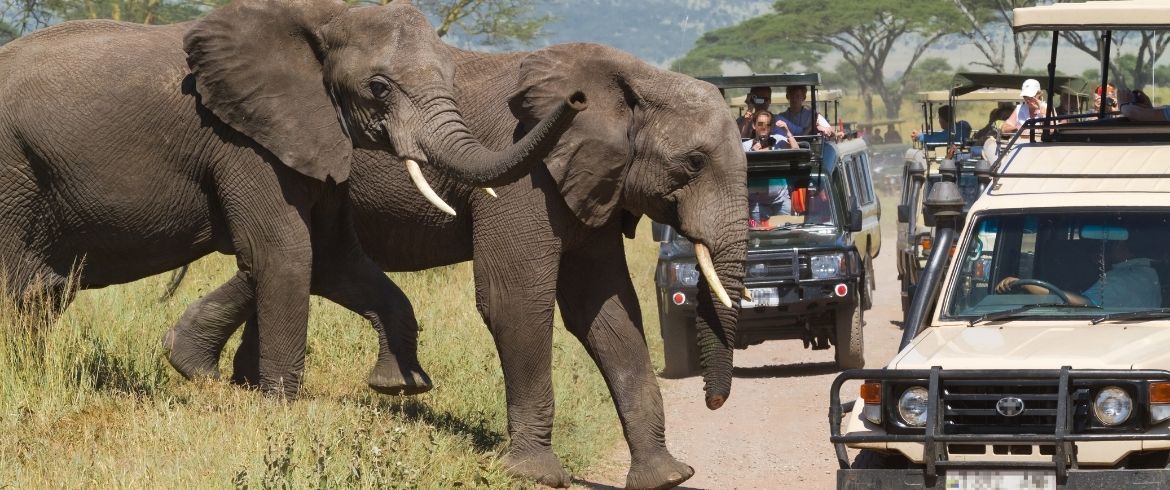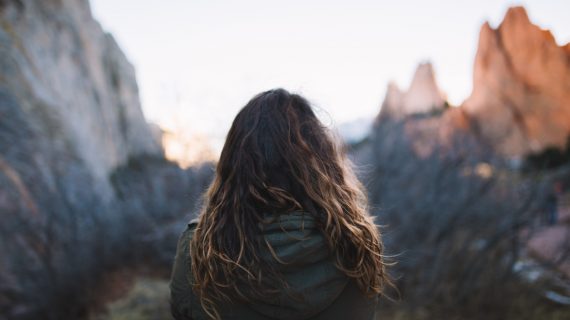Eco-Tourism is fast growing among today’s eco-conscious travelers. As our environmental concerns become more serious, holiday makers and travelers alike are trying to vacation in a more sustainable and eco-friendly way. However, it is quite easy to make mistakes that actually increase your carbon footprint, not minimise it. Here are the 5 most common eco-tourism mistakes that you can make and how to avoid them.
1. Not choosing eco-friendly transport
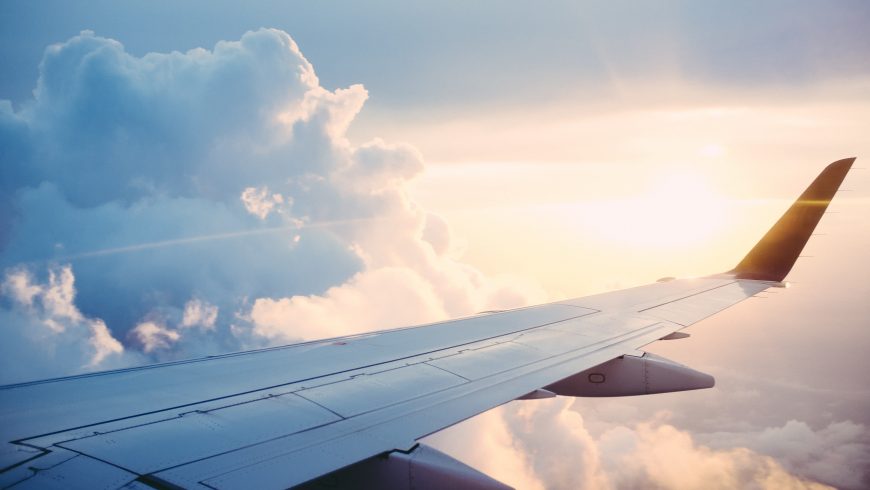
This is probably the biggest culprit at increasing your carbon footprint. Most of the time, flying is really the only option you have to get to your holiday destination, and that produces a lot of emissions. If you can’t avoid flying, there are some ways to help minimise your footprint.
You can help minimise your environmental impact by taking public transport to and from the airport. When you fly, try and pack less so as not to weigh the plane down, which will reduce it’s fuel consumption. Also, sorry first-class flyers, avoiding flying in first-class will help too, as it can increase your carbon emissions, sometimes by as much as 5 times!
Also, when you arrive at your destination, be sure to use public transport as much as possible to further reduce your environmental impact.
2. Not staying at environmentally conscious accommodation
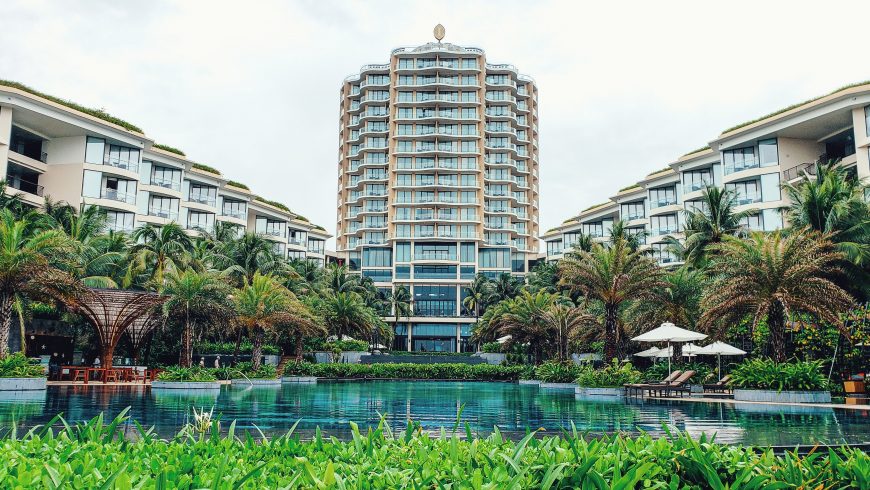
Large chain hotels and resorts tend to harm the local communities more than they help them. They are usually owned by a company that is based elsewhere, thus taking money away from the local economy. When traveling with your carbon footprint in mind, it’s best to avoid staying at one of these.
Be sure to choose accommodation where the money is going back into the local community.
3. Choosing the wrong eco-travel tours and guides
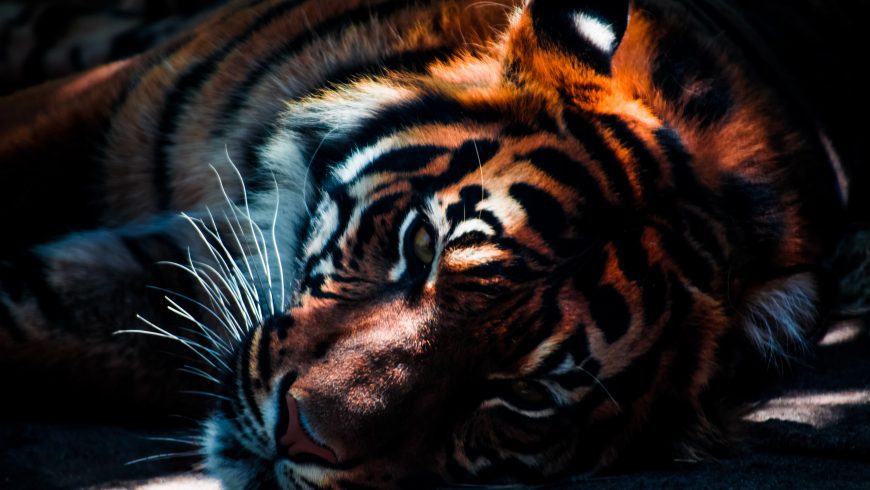
There are some tours that are spectacular and are great for the environment, but a lot of these are not. Wildlife tourism can be very problematic, as most of the interactive ones like dolphin swimming and tiger petting are actually cruel to the animals. Another thing to look out for is choosing a guided tour where the tour guides are not paid a living wage. Also, cruise holiday packages are terrible choices.
If you will be interacting with any wildlife, then it’s best to avoid booking that tour, as it’s probably not eco-friendly. Be sure to ask questions and do your research while choosing the right guided tour and make sure that they are paid fairly for their work.
4. Packing the wrong things for your eco-trip

For a lot of eco-minded, recycle warriors, this philosophy falls by the wayside when on holiday. Yet it shouldn’t really ever be forgotten. Eating on planes, while some have tried to reduce plastic cutlery, still create a lot of plastic waste. Also, tiny little travel toiletries, as well as single use plastic water bottles help increase your environmental impact and not in a positive way.
Buy reusable, refillable containers for your shampoo and body wash. Bring a reusable water bottle to use while away, as many places have refill stations.
5. Not relying on eco-friendly technology enough

When you book your holidays, it’s easy to go to your routine online booking services. Yet, many of these are not booking you the best, most eco-friendly trips, which will increase your carbon footprint.
Look for eco-friendly online book sites which can help you book your trip with the lowest possible carbon footprint.
These are the five most common and biggest eco-tourism mistakes which increase your carbon footprint, and easy ways to help avoid making them.
Cover image: photo via Canva Pro

